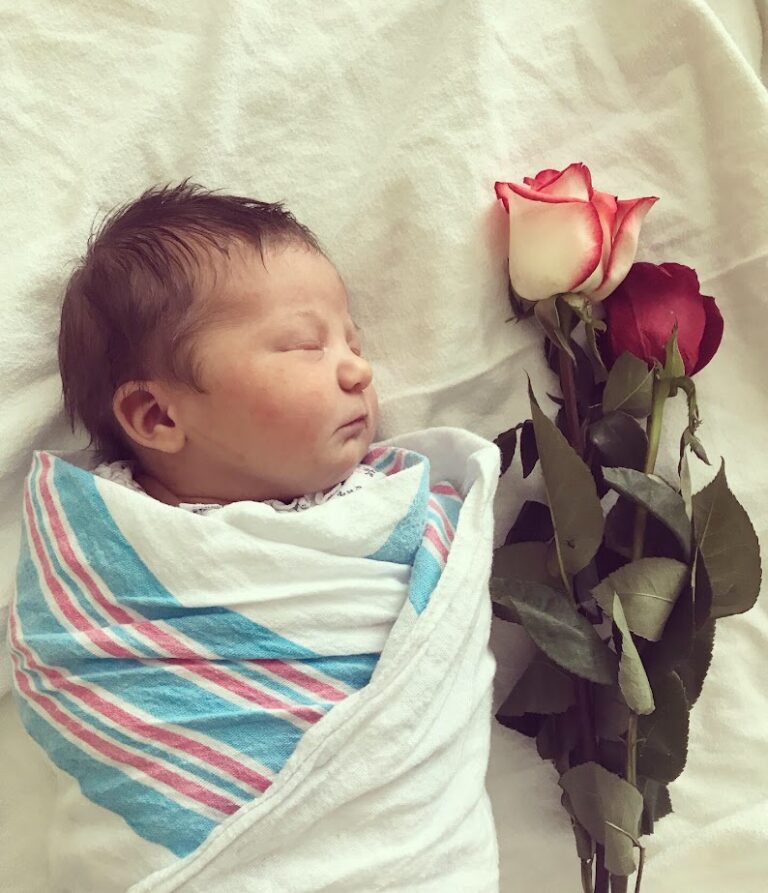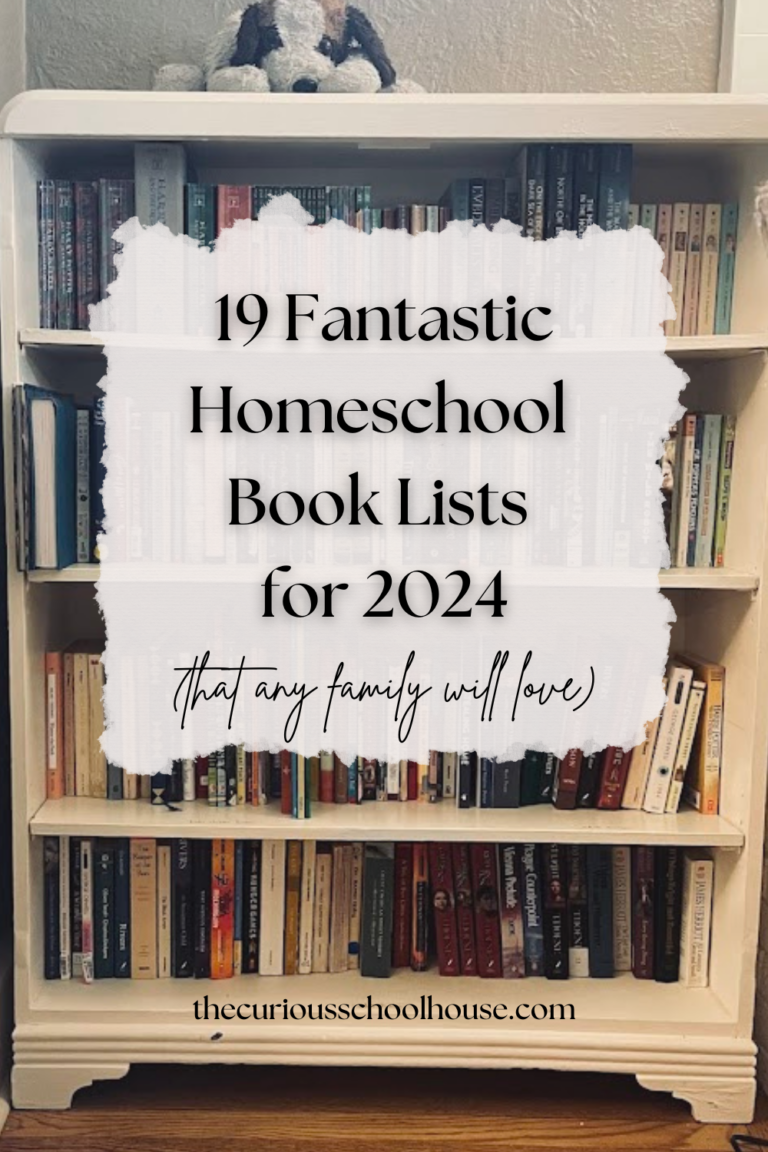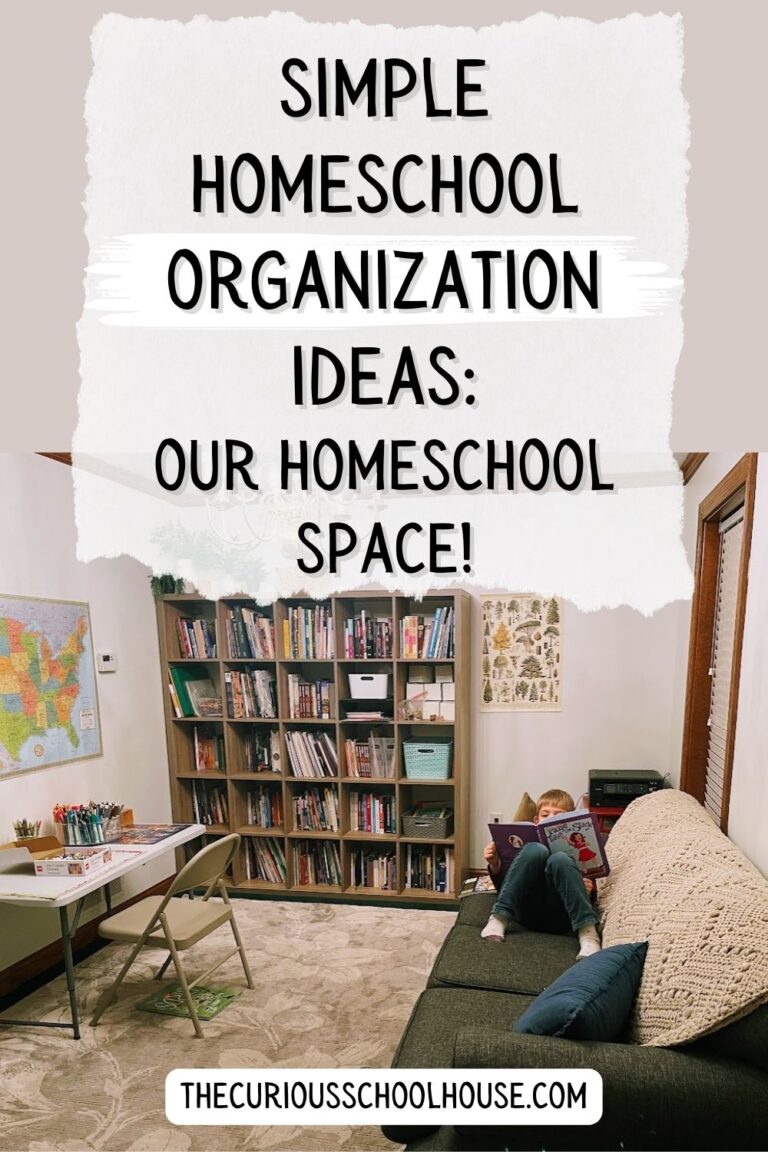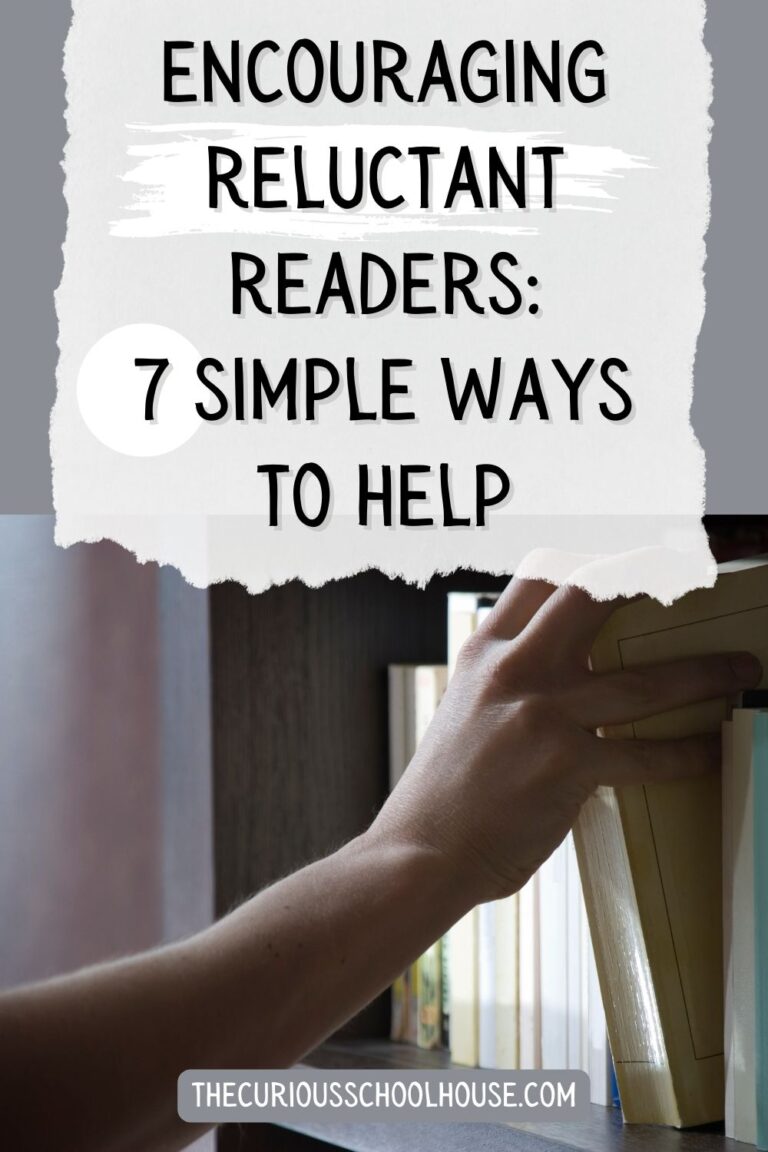Simple Homeschool Planning: 18 Lists to Help You (free PDF)
This post contains a simple, free method for homeschool planning that does not involve any fancy materials or expensive planners: homeschool planning with lists! These 18 lists cover everything BESIDES curriculum – that you may not have thought of yet.
There may be some people in this world who survive and even enjoy their life without ever making a list, but I do not know how this is possible. My life runs on lists and I am certain I could not function without them. Grocery lists, home to-do lists, lists of kids’ clothing needs, lists of goals for the year, and of course… homeschool lists!
I’ve tried many different ways of planning for our homeschool over the past seven years, and I will link at the bottom of this post to one of my more “traditional” forms of homeschool planning. However, as we’ve continued to simplify our homeschool, my homeschool planning strategy has boiled down to something super (un)fancy that I call Homeschool Planning With Lists: I make a pile of wildly optimistic lists, eliminate at least half of the items from each list, print off the list or write it in my planner, do/buy/acquire whatever is on the list, check it all off, feel good about myself, THE END.
In this post, I will share 18 lists that you may want to make to help you organize your homeschool year. Note that I said you may want to make these; not all of them will apply to you, or you may have a wonderful method already in place for dealing with that area of your life. That’s great! I’m a big fan of simplifying our homeschools as much as possible, and you shouldn’t make or use any of these lists unless they are going to make your life easier. Don’t add more work on to yourself just because someone else is doing it!
Finally, you’ll notice that none of these lists involve curriculum choices. This is intentional: partially because we do not use a lot of curriculum in our homeschool, but also because when people think of homeschool planning, curriculum is usually the first thing that comes to mind. I want to give you some other ideas of things you may not immediately think of as relating to homeschool, but that are still vitally important to helping your year run smoothly!

An Example of How to Do Homeschool Planning With Lists
Let me take just one of the list examples below and show you how this works in real life. Let’s say I make a list of field trip ideas and come up with eight different ideas that we could do. First of all, I am going to focus on just one semester or maybe even just one month at a time. Especially with young children, they change so quickly that I can’t always make assumptions about what will work from one week to the next, let alone all the way to the end of the school year.
So, I know have eight field trip ideas for the semester. I am going to eliminate half of them and keep the four that look the most interesting, or cost effective, or closest to home, or whatever other criteria I may use to evaluate them. Now I have Four Great Field Trip Ideas left – I may assign them each to a week of the semester that looks fairly open, or I may simply write them down at the beginning of a month on my planner so that a) I remember we wanted to do this field trip sometime and b) I have enough advance notice to check for hours, tickets, find any supplies we may want to bring, etc.
One Final Important Note: when all is said and done, we may only end up actually doing 2 of the 4 field trips. That is expected and perfectly okay! It’s still two more field trips than I would have done if I hadn’t made a list at the beginning of the year. And now I have two great field trip ideas to save for next semester.
Homeschool Planning With Lists: 18 Ideas to Get You Started
Make a List Of…
- Field trip ideas. This could be museums in the area, zoos, nature centers, a famous landmark nearby, or even just a new library to explore!
- Parks to explore. Beyond just your city and suburbs, see if there are any state parks nearby that would be worth a drive! These could be playground-type parks or nature/hike-type parks.
- Extracurricular activities. If you want your children involved in sports or classes or even homeschool co-ops, it’s helpful to make a list of all the possibilities so you can see your options before you commit to too many.
- Friends to connect with. Maybe this sounds too mechanical and unorganic for you spontaneous types, but I like to make a list of friends that I’m hoping to meet up with over the next month or semester – just seeing it written down increases the chance that I’ll actually reach out and do something about it!
- Chapter books to read aloud. I like to have a good stack of chapter books on hand at the beginning of the year, ready for us to read aloud, so that we don’t have to waste time searching through our bookshelves or waiting for one to come in at the library.
- Books needed at the library. When I’m on top of my game (which is maybe half of the time, if I’m lucky), I will sit down once a month and request library books for the coming month, so that they are ready and waiting for us to pick up. Or, sometimes I’ll try to make a big list during the summer of books that I want us to read (either chapter books or picture books) but that I don’t want to buy – for which the library is a perfect solution.
- Readers and/or literature for each child. You’ll likely need different lists for each child, appropriate for their age, interests, and current reading level.
- Science kits or experiments to try. We are not a family that does science experiments at home (since we get that experience at Classical Conversations) but if you are – and that’s awesome – you might want a list ahead of time so that you can make sure you have all the supplies on hand.
- Printables or downloads that you want to use. Plus, make sure that your printer and laminator are working and that you have enough paper and laminating pouches to last the semester!
- Art and writing supplies. Every August I do my best to stock up on allll the markers, crayons, paper, glue, pencils, colorful pens, and other art supplies that we will need: enough to last us the entire rest of the school year. It’s more fun than Christmas and one of my favorite things to do. Now, why do I go crazy in the back-to-school section of Target, you may ask? It’s because they are all on sale and you probably won’t find prices again like this when your markers run dry in the middle of November. Do yourself a favor, stock up now, and you’ll be glad you did.
- Morning time/morning basket ideas. Because the likelihood of you actually sitting down on the couch and doing morning time increases 1002% if you have a plan of what you will do when you get there. If you don’t have ideas in hand, you’ll probably either skip it or sing the same hymn you sang last week – you know, that one that your children are heartily sick of by now. Some of the subcategories in my morning time list this year are Songs to Sing, Poems to Read, Fairy Tales to Enjoy, and Sentences to Diagram.
- Volunteer opportunities/service/ministry projects. Is your family involved in church ministry, or community service projects, or are you looking for other volunteer opportunities? Make a list of all these so that you can easily see your options and only choose the ones that work best for this particular semester.
- New chores to focus on. This could be chores for each child, or for the family as a whole, or even for yourself! Sometimes I realize I’m not giving enough attention to some aspect of our home, and I’ll write it down as a new area of focus. We try to rotate kid chore assignments every 2-3 months, and often I will realize that either a) a certain child is old enough to do something new or b) there’s a new need in a particular part of the house that a child could help with.
- Family trips or vacations. These are wonderful learning opportunities and absolutely worth the time, but they also cut into your home time so it’s good to be aware of them when planning your homeschool semester.
- Snacks. Food is a vital part of your homeschool atmosphere, and it’s worth taking some time to think about what you need on hand for this semester. Do you have a child who would love to practice counting with raisins or chocolate chips? Do you need baking supplies on hand for your poetry tea times? Do you have a plan for food that can be easily taken along on a picnic or field trip? Do the kids have water bottles for hiking? Will you be teaching some kids how to cook, and do they have the supplies they need for that? Again, the more of this I can think through in the off season (summer), the more likely it is that our school days and adventures will go smoothly.
- Games to play. We have hardly touched a game this summer, but I know when the days get colder and the evenings are dark everyone will be excited to bring them out again. Games are fabulous learning activities, too! Reading instructions, matching colors, identifying patterns, learning strategy, counting money, taking turns, planning ahead – do not feel bad about any school time that is spent playing a game together. Perhaps you can think of some particular games or puzzles that relate to skills your children are working on and these can be added to your homeschool planning!
- Mom’s needs for a successful homeschool year. Yes, Mom, you have needs too, and maybe you should write them down so you’re aware of what will help you through this busy year! This could be things like planning for time alone, exercise, time with friends, some new and interesting books to read, supplies for making good coffee, anything that will help you get more sleep, or an interesting hobby that you want to try.
- Activities for little ones during read aloud time. My favorite tool for younger toddlers and babies is to have them do Independent Playtime during our longer morning read alouds, but our 2.5 year old is starting to move into the age where he could actually stay with us and listen – if, and only if, he has some quiet activities to keep him busy. You can find plenty of ideas for this online, but some examples could be playdough, new coloring books, paint with water books, any sort of building or stacking toys, or larger beads to put on pipe cleaners.
Whew! If this feels like a lot – just don’t do it. Find a different way to plan! However, if you enjoy making lists, and it’s exciting to think about organizing all these ideas, you can get these lists as a free PDF download right here, and I truly hope they will help you as you get ready for the upcoming school year.

Finally, if you’d like to read about another (different) method of planning, here’s a link to a post I wrote several years ago detailing how I chose curriculum for various subjects when the children were a bit younger.
I am currently making my own lists for the upcoming year as we speak, and it’s so much fun! It’s exciting to think of all the many possibilities for a brand new shiny school year, and the hardest part for me is to keep my expectations reasonable and not to let my lists get too long and overwhelming. Let me know if you try this idea of homeschool planning with lists! Can you think of more lists that I should add? Do you do something similar when you plan? I’d love to hear what you think. Happy planning!







